With NATO making regular news headlines recently, you may have found yourself wondering why that word keeps popping up on ammunition boxes at your local gun store.
Just what is NATO ammo?
To answer your question, let’s take a deep dive into the intricacies of NATO ammunition, where it came from, and why it even exists in the first place.
Table of Contents
Loading…
Logistics of War
Imagine you’re an American soldier who has been deployed to the Romanian forests to fight an enemy nation.
As mortar rounds rain down all around you and enemy bullets shatter the trees overhead, you return fire against your enemy. The fight has been going on for 20 minutes now, and there’s no shortage of targets.
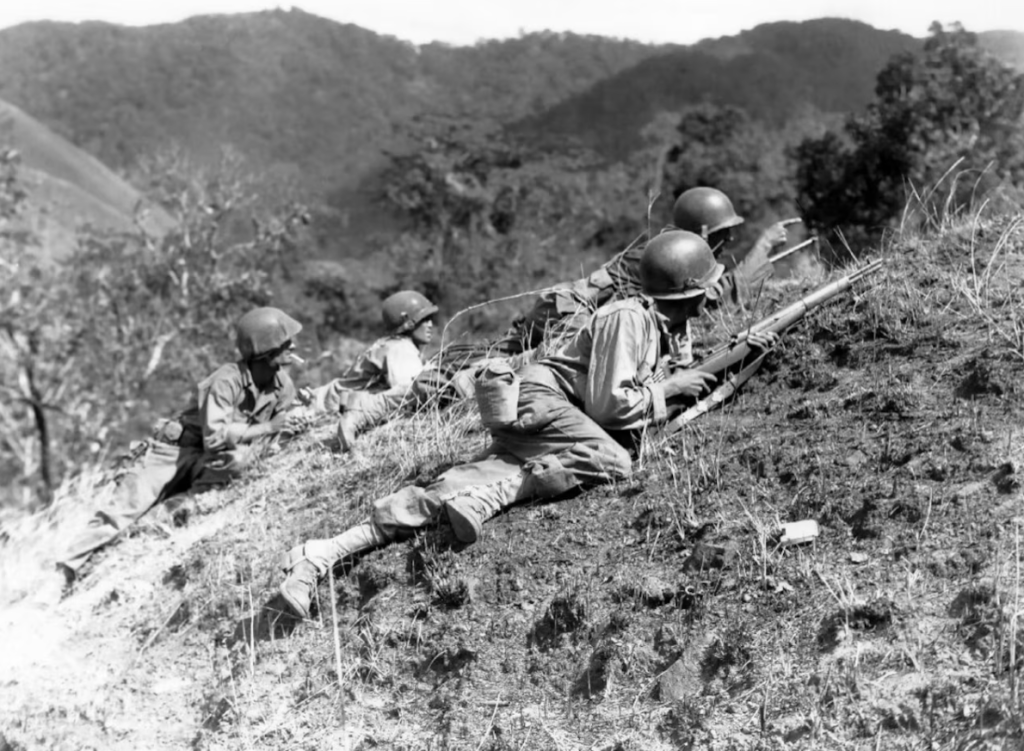
Unfortunately, you have just run out of ammunition for your battle rifle. There’s a cheeky British chap lying in the scrape next to you. “I need more ammo!” you yell.
But he fires a different type of cartridge than you do.
The two of you are quickly overrun. He’s shot and killed. You spend the next 10 years as a prisoner of war.
This story isn’t a stretch from the truth at all. This is precisely the same position many Allied men found themselves in during World War II.
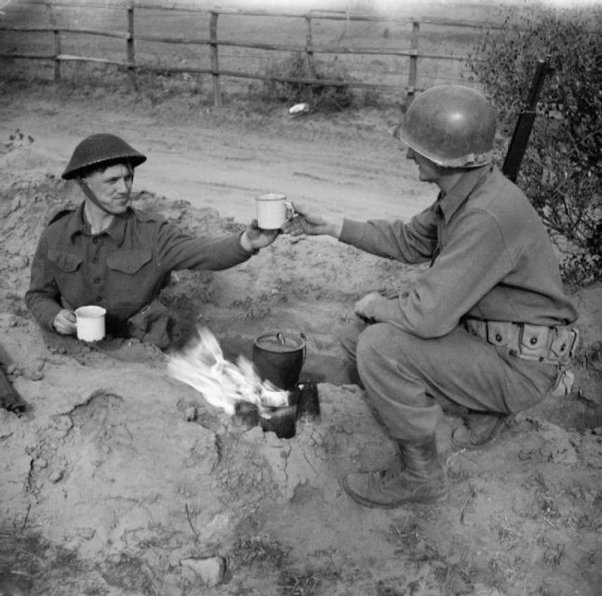
As French, American, and British men joined together to fight the Nazi powers, they routinely found themselves literally fighting side by side. This led to the above scenario an untold number of times.
It didn’t take long for people to realize that a successful alliance would require standardized equipment.
The Birth of NATO
After World War II, Europe wanted to better protect itself against blitzkrieg-style attacks and the threat of nuclear warfare.
The answer seemed to lay in the forming of an alliance. By 1949, The North Atlantic Treaty Organization was established.
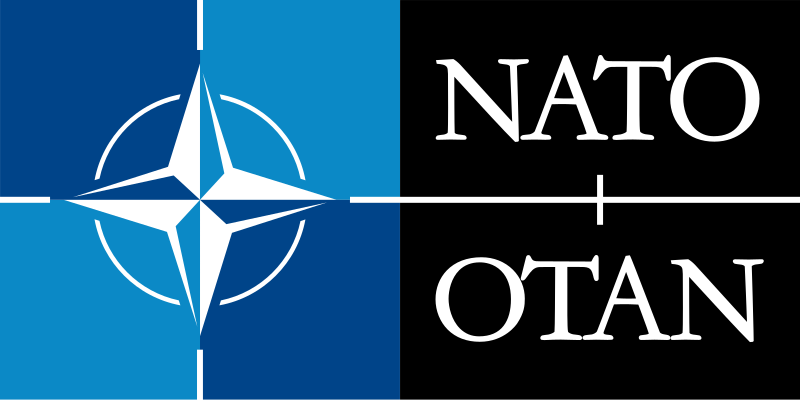
Among the many provisions included with becoming a NATO member was Article 5. This states that an attack on one NATO member is an attack on all NATO members and, therefore, requires all NATO members to defend it.
Seeing that the probability of these soldiers all fighting in the same trenches together was now higher than ever, the concept of standardized equipment was adopted.
The Arms Race
England and America both wanted to be the ones that had the first NATO-approved cartridges.
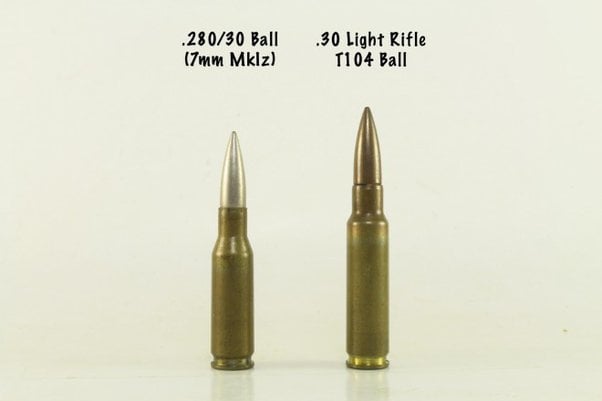
As a result, both countries spent a lot of time and money researching new cartridge designs.
England produced the .280 for their EM-2 rifle, while America produced what was, in essence, the 7.62x51mm for their M14.
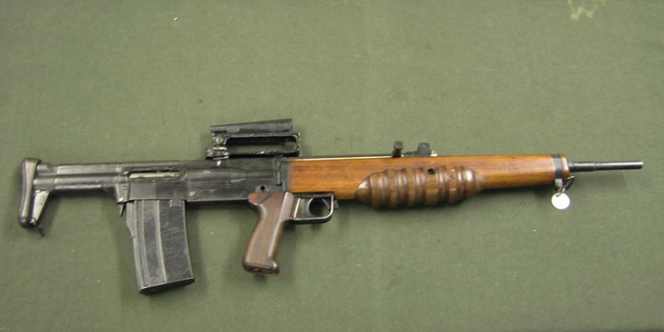
Enter Winston Churchill.
Though the English cartridge and rifle were better than the American offerings, Churchill realized a few things.
America had just bailed out England in the last war, and he needed America to stay in NATO if England had much of a hope of national defense. He figured that ticking off America by forcing them to choose a British rifle was probably not a good way to start the treaty.
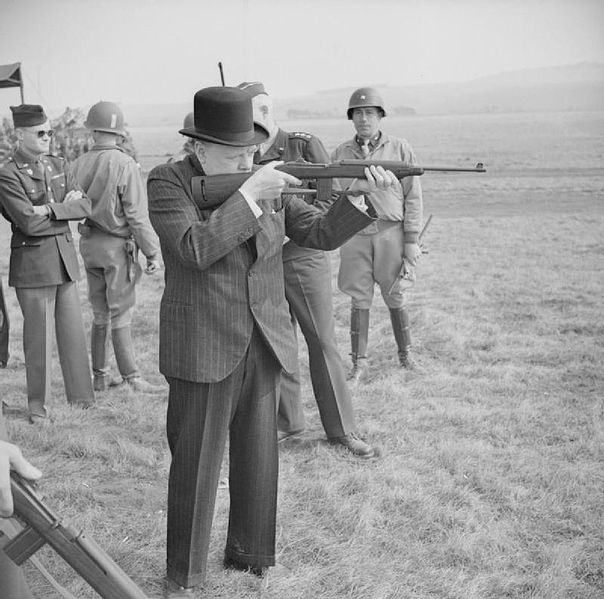
So, Churchill signed a contract to order Belgian FN FALs chambered in the American-made 7.62x51mm cartridge. The round became the first standardized NATO cartridge in 1953. (It wasn’t ratified till 1957, however.)
Canada, Germany, Austria, and the Netherlands soon picked up the FN FAL as well. America ended up going with the M14 — a decision that soon led to another NATO cartridge.

Picking a Sidearm
Even with a rifle in hand, a soldier does need a sidearm, as Alvin C. York has demonstrated.
Shortly after the adoption of the 7.62x51mm NATO in 1953, the 9x19mm NATO was adopted in 1955.
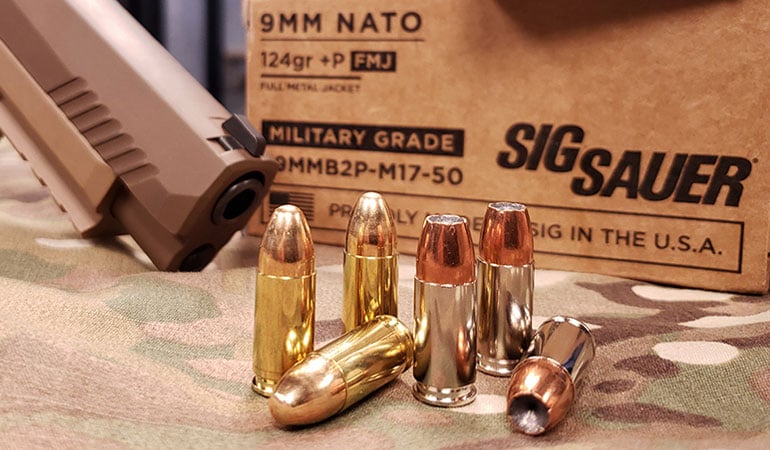
It doesn’t appear that there was anywhere near the political wrangling over the choosing of a sidearm caliber as there was over a rifle caliber.
I believe this is due to the understanding that there was a lot more money to be made manufacturing rifles and rifle ammunition than pistols.
Time for an Upgrade
It didn’t take long for America to realize that the M14 wasn’t the best weapon design.
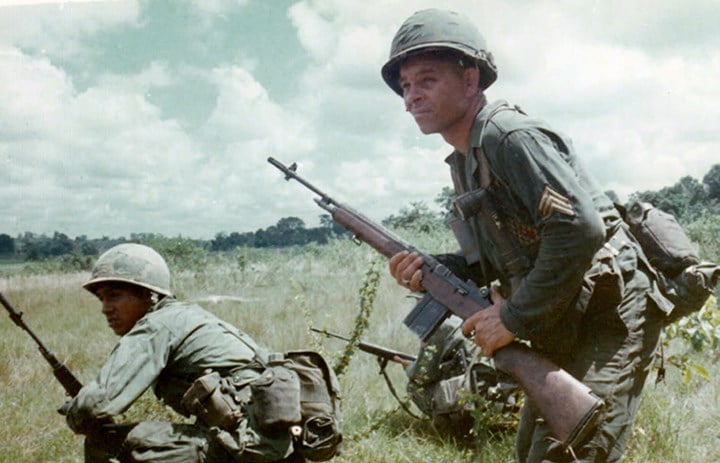
Aside from its significant recoil compared to other battle rifles, the 7.62x51mm NATO cartridge was also relatively heavy.
After the US military conducted a study showing that an 8-man team carrying an M16, which fired 5.56x45mm ammunition, had the same firepower as an 11-man team using M14s, the case was well-made that it was time for a new round.
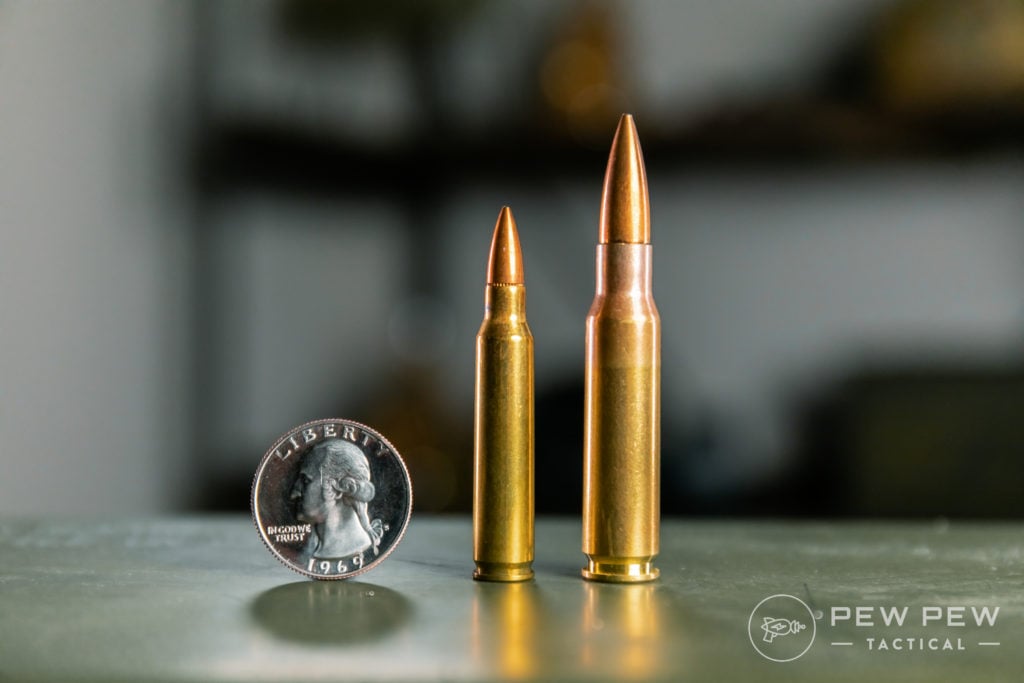
NATO was on board with this new round and its ability to be a force multiplier. In 1977, they adopted the 5.56x45mm NATO as a standardized cartridge. (It wasn’t ratified until 1981)
Vietnam
A major catalyst for the adoption of the 5.56x45mm NATO was the Vietnam War. The U.S. had largely switched to 5.56 during the events of the Vietnam War.
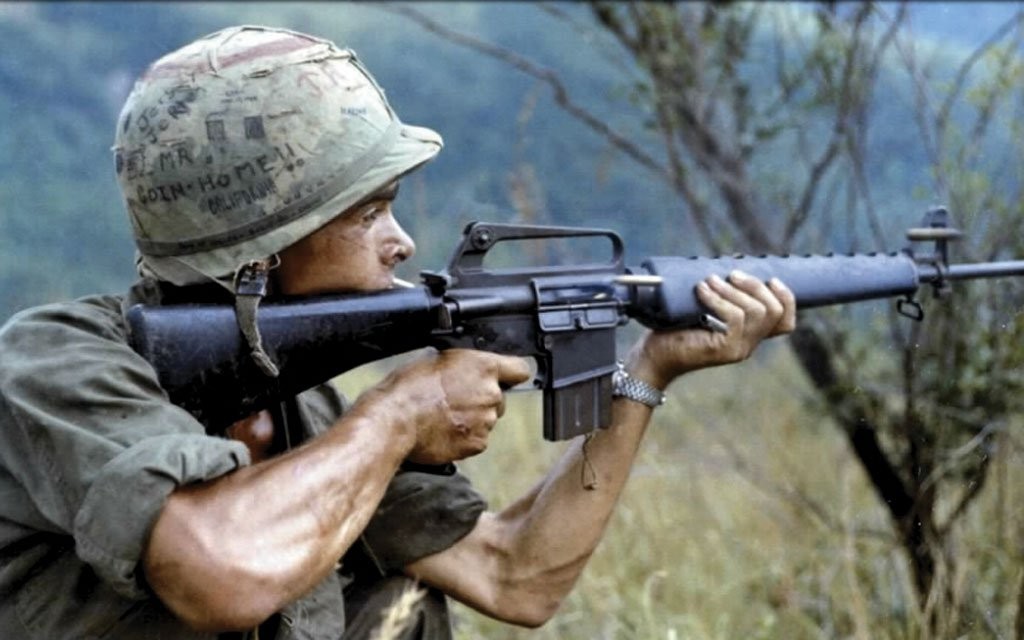
In the following years, America also maintained a large military presence in Europe throughout the Cold War.
As Europeans looked around at all of these American soldiers with M16s loaded with 5.56x45mm NATO, they realized that it was in their best interest to use the same ammunition.
How NATO Chooses Standardized Ammunition
There are two steps that a new cartridge or gun must pass if it wants to meet NATO qualifications.
First, it has to pass the Multi-Caliber Manual of Proof and Inspection (M-C MOPI)/the Manual of Proof and Inspections (MOPI). Secondly, it has to pass the NATO-drafted standardization agreements (STANAGs).
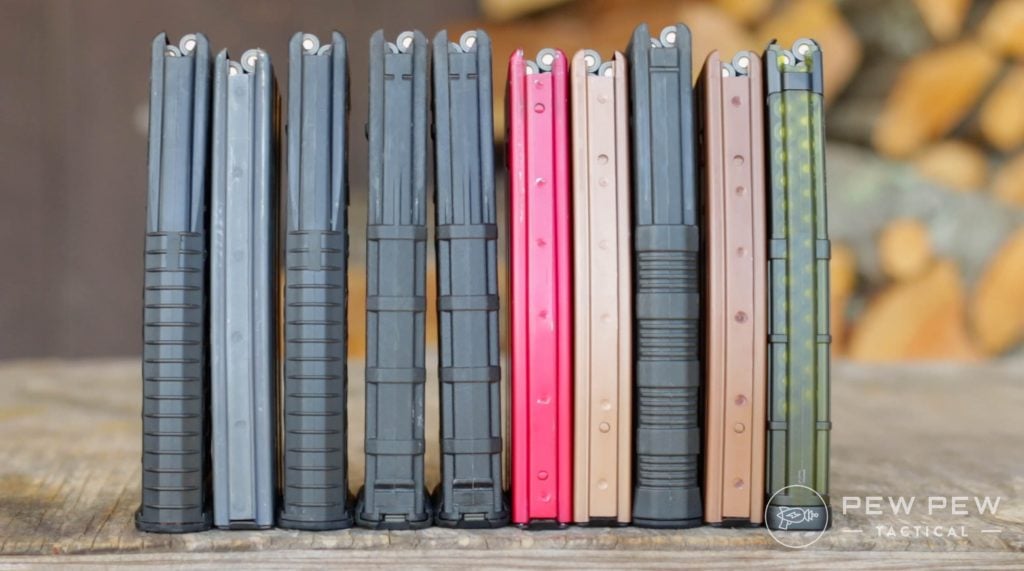
If it can pass both of these rather strenuous phases, the ammunition will be “NATO Qualified,” meaning that NATO highly recommends its use for NATO Nominated Weapons (NNWs).
The catch here is that NATO members don’t technically have to make the same type of ammunition as one another — It’s just recommended. For example, in the past, there have been significant differences between American-made 5.56x45mm NATO and British-made 5.56x45mm NATO.
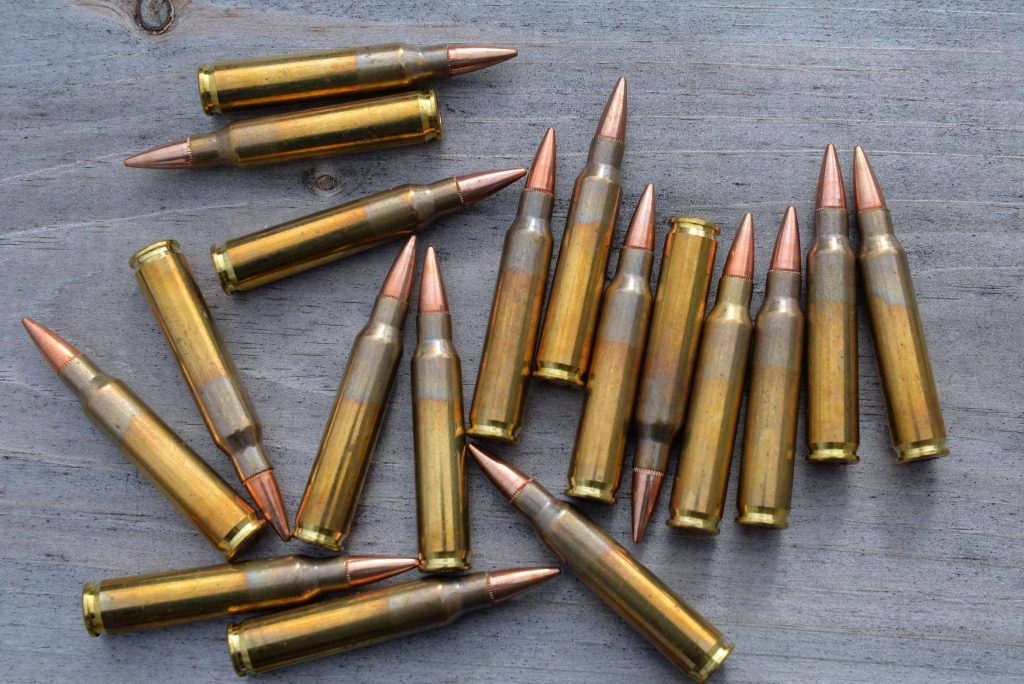
At one point during the Global War on Terror, Lake City Army Ammunition Plant wasn’t able to produce enough ammunition for US soldiers overseas. Because of this, the US ended up getting a lot of British-made L2A2 5.56 ammo shipped in.
Wisely, the L2A2 was used for training only rather than combat. This was good, as the ammo caused a host of malfunction issues that hindered training. The 82nd Airborne, in particular, had numerous feeding issues.
While NATO does standardize arms and armament, there is still enough variance to cause significant issues in the event munitions are shared.

Are There Differences Between NATO Ammo and Civilian Variants?
Ah, the age-old questions. “Can I shoot 5.56x45mm in my .223?” “What about 7.62x51mm in my .308?”
As expected, there are differences between the two cartridges. While the dimensions of the NATO and civilian cartridges are virtually the same, the innards (the projectile, powder, etc.) are different.
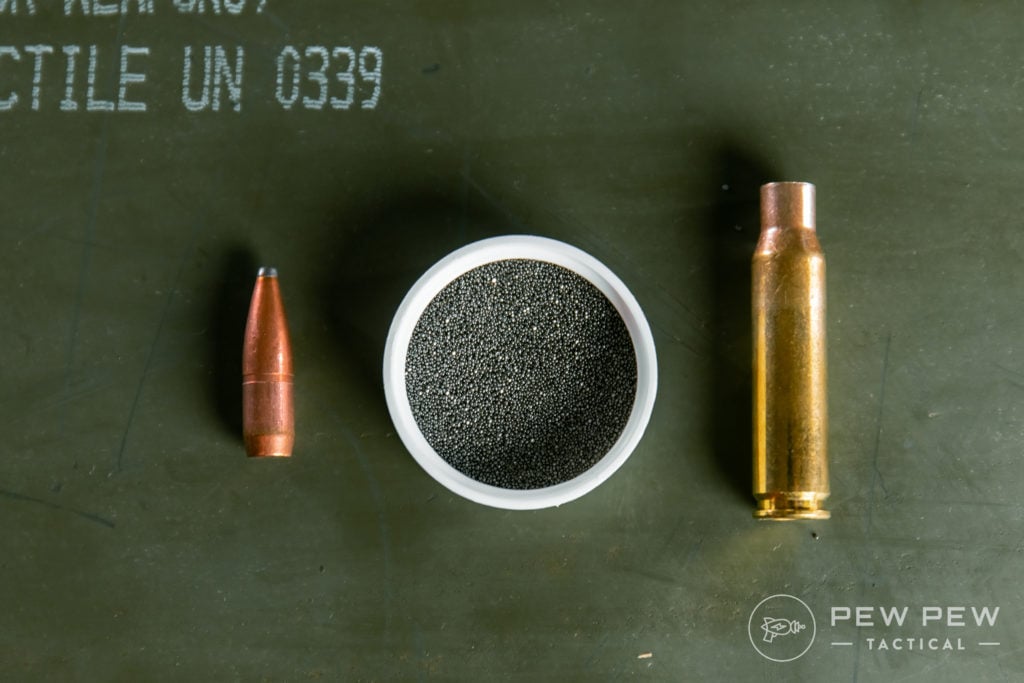
If you want to know more, I recommend checking out our articles on the subject of .223 vs 5.56, and 9mm Luger vs 9mm Parabellum.
What is the Future of NATO Ammunition?
Personally, I don’t think we’re too far away from seeing the US Army’s new 6.8mm ammunition becoming the standard caliber.

America is too big a part of the organization for Europe not to take heed that we are moving away from the 5.56x45mm NATO. Just like during the Cold War, if more and more American soldiers carry different ammunition, they would be wise to consider switching as well.
5.56 and .223 Ammo in Stock
Final Thoughts
While the process for choosing new NATO Qualified gear is intensive, NATO ammunition has consistently stuck around for a long time after being selected.
Consider the spread of 9x19mm NATO, 5.56x45mm NATO, and 7.62x51mm NATO — three of the most popular calibers in gun stores and homes throughout America.
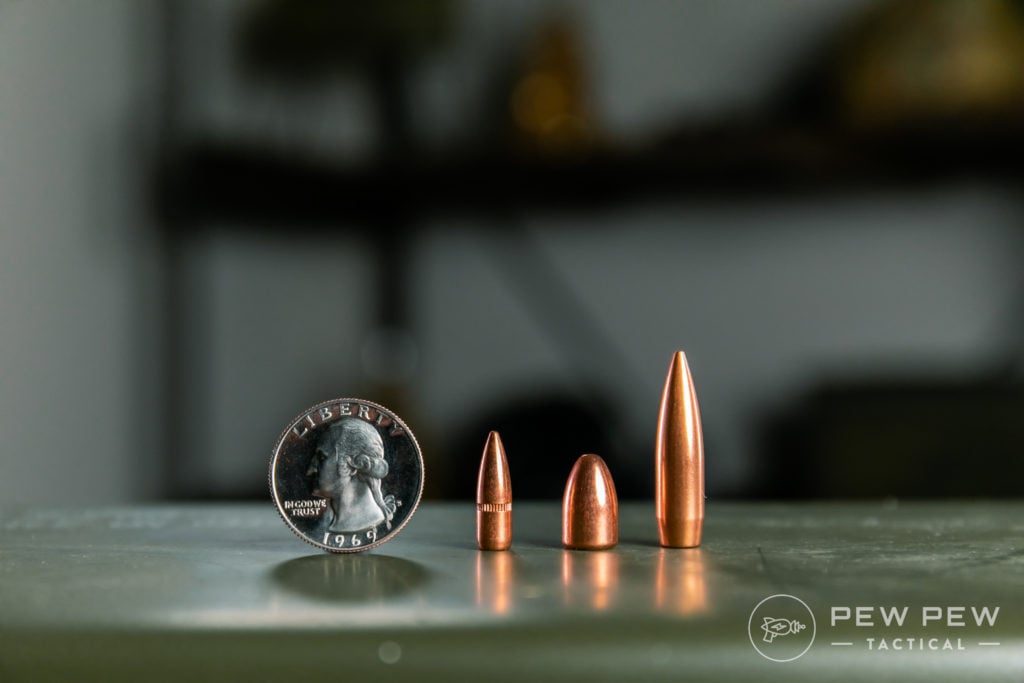
If you were wondering what NATO ammo actually is, hopefully we’ve helped provide some answers.
What are your thoughts on all of this? Let us know in the comment section below! Interested in a good ol’ fashioned caliber shootout? Check out our article on 7.62 vs 5.56 NATO!

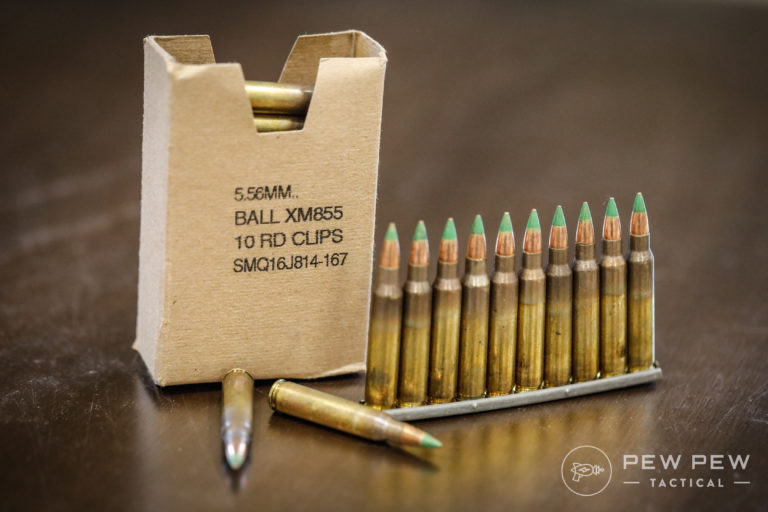
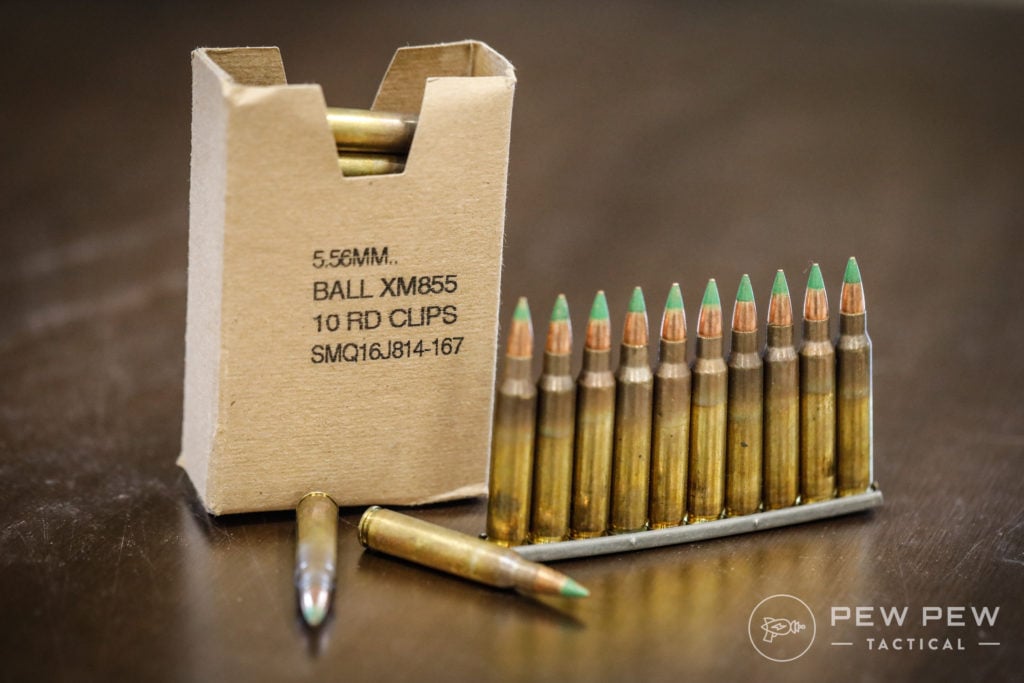







3 Leave a Reply
NATO: Europe is strong when America foots the bill.
America don't want a strong Europe because it would take power away from them selves, be careful what you wish for Sean..
NATO is simply a costume designed to disguise US hegemony as "The Alliance of the Good Guys". It is not a credible military alliance.